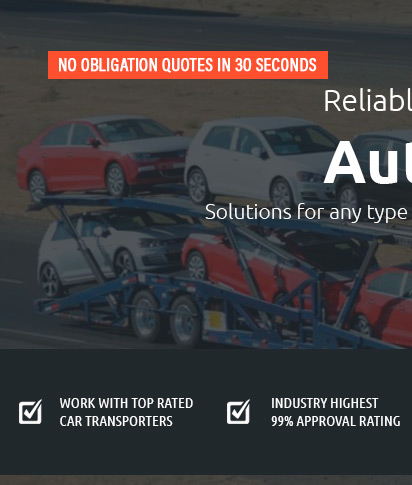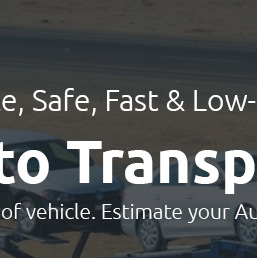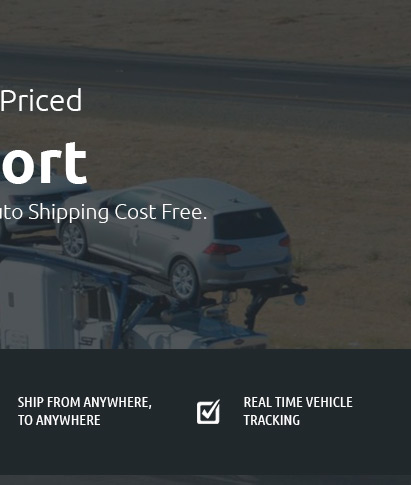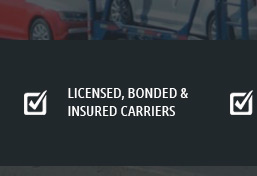 |
|
||||
 |
 |
 |
 |
||
 |
 |
|||||
 |
 |
 |
 |
 |
 |
 |
||
 |
 |
 |
 |
 |
 |
 |
 |
 |
 |
 |
|
 |
|
Unlock the ultimate peace of mind with our elite auto shipping service, where we redefine the transport of any type of vehicle, from sleek sports cars to rugged trucks, delivering them across the waves to Hawaii with unparalleled precision and care; imagine the exhilaration of knowing your prized possession is in expert hands, all while we offer transparent, competitive pricing that answers the question 'how much to ship a car to Hawaii' with clarity and confidence-experience a seamless journey where your vehicle's voyage is as smooth as the ocean breeze.
https://diytransport.com/how-much-to-ship-a-car-from-california-to-hawaii/
How Much It Costs to Ship From California to Hawaii Using Roll-On, Roll-Off Car Shipping? The RO-RO car shipping costs $1,500 from port of Oakland or Long Beach ... https://www.autostartransport.com/blog/cost-to-ship-a-car-to-hawaii/
In Conclusion, shipping a car to Hawaii can range from $1,500 to $3,500, but the final cost depends on several factors like distance, vehicle ... https://sgtautotransport.com/autoblog/transport-tips/cheapest-way-to-ship-a-car-to-and-from-hawaii
The cost to ship a car to Hawaii can vary depending on several factors, but on average, it ranges from $1,000 to $1,500 for standard sedans and ...
|
